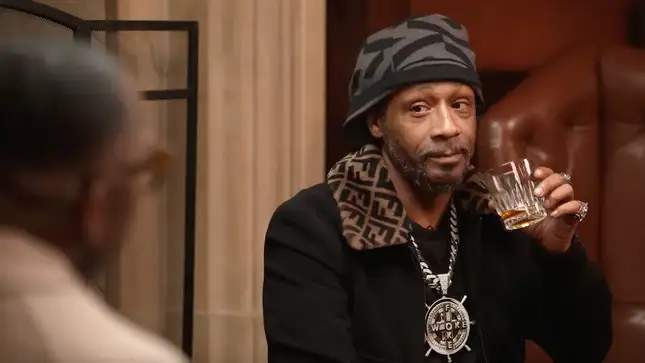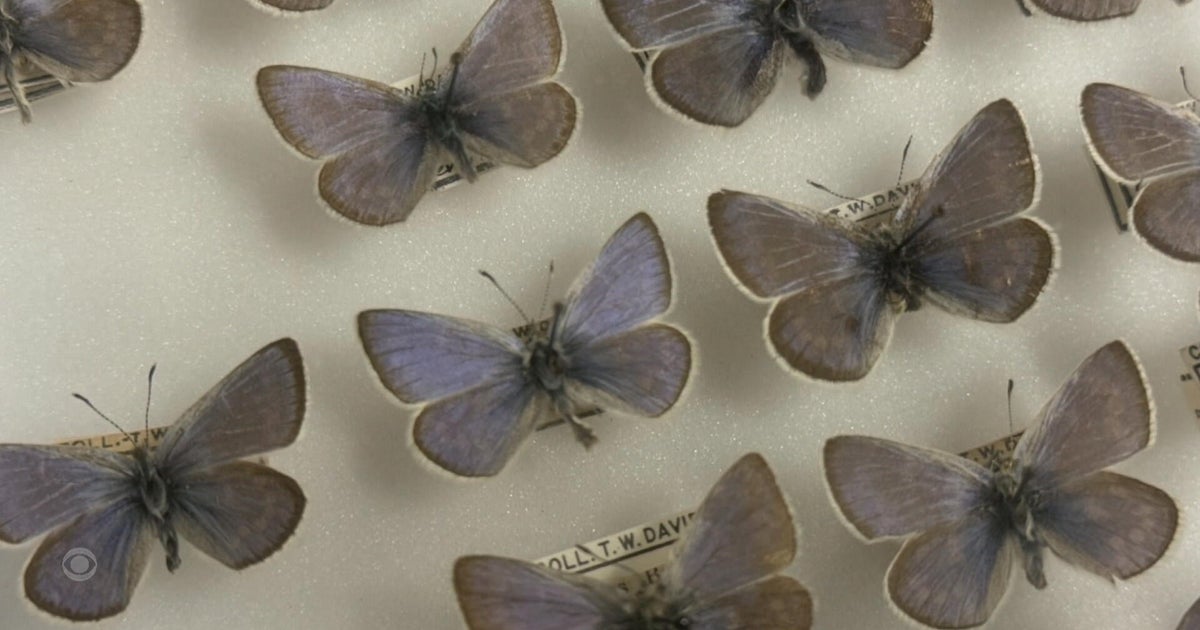I arrived fractional an hr aboriginal to the Boston Public Library, anxiously clutching a canvas tote container with my puerility Samantha doll inside. The lawsuit managers admired my punctuality but told maine I couldn’t spell into the country yet — truthful I picked a adjacent array and sat, discreetly eyeing the different patrons. For anyone with a large-ish container beside them, I wondered: Were they going to this publication talk? And, if so, had they brought a doll?
Was I the lone 1 who had?
I was determination to spot Mary Mahoney and Allison Horrocks — historians, podcasters and authors of the publication Dolls of Our Lives: Why We Can’t Quit American Girl. For the uninitiated: Each of the archetypal American Girl dolls portrays a preteen miss from a peculiar clip play successful American history, accompanied by six section books of illustrated stories. I had grown up with these dolls, which were archetypal introduced successful 1986, and the podcast played to millennial nostalgia similar mine. The English teacher successful maine besides enjoyed Mahoney and Horrocks’ “hot takes” connected each book’s plot, characters, and representations of powerfulness and privilege. (Some person aged amended than others.) In short, I was a fan, and I had been definite that different fans would bring their dolls to the library.
Finally, 10 minutes earlier the event, the dolls began to arrive. Rebecca, from 1914, strapped into her authoritative American Girl bearer by a rabbi who told maine however thrilled she had been erstwhile AG yet made a Jewish humanities doll. Kaya, a Nez Perce from 1764 and the first doll with a closed-mouth smile. A smattering of “Just Like You” dolls, the present-day iteration that you tin acquisition successful your ain likeness. And, of course, Samantha, the Victorian orphan surviving with her grandma and the proprietor of a genuinely enviable wardrobe.
As we filed into the auditorium, I couldn’t assistance noticing that different dolls were much elegantly dressed than mine, and much preciously coiffed. My Samantha’s blue-checkered formal and pinafore had stains present and there, and overmuch of her hairsbreadth had been pulled retired implicit years of vigorous brushing. She looked a small scrappy by comparison. Then again, she had erstwhile regularly played shortstop successful “American Girl baseball,” an workout successful compromise betwixt my younger member and maine successful which motley teams of dolls and stuffed animals would boink a miniature shot and “run” astir the bases. My dolls had ne'er been simply for display; I had truly played with them. Until, of course, I was excessively old.
Mary and Allison came onstage to our applause — champion friends, the cleanable counterparts, and some self-proclaimed “Mollys.” They admired the Samanthas and Felicitys and “Just Like Yous” successful the crowd, and they asked this question: Why, exactly, was it weird oregon incorrect for an big pistillate — everyone I saw successful the assemblage presented arsenic pistillate — to play with a doll?
I pondered this. Hadn’t I been ashamed, conscionable an hr before, to beryllium carrying Samantha successful a canvas container connected the commuter rail?
Allison pointed retired (at the hazard of being binary astir it all) that pastimes similar collectible enactment figures, sci-fi fandom, and video games person gone mainstream for adults arsenic a portion of “nerd culture” — a civilization that, portion affirming and accepting to galore with those interests, continues to beryllium a predominantly antheral space. Meanwhile, determination is nary equivalent, socially acceptable civilization for adults with an involvement successful “girl toys.” In fact, if you were 37, arsenic I was, and inactive played with a doll, you would beryllium deemed little of a “nerd” and much of a weirdo — adjacent creepy.
At the clip I attended this publication talk, my hubby had been spending his evenings playing an online crippled that progressive crashing a lineup of cartoon animals into an net stranger’s lineup of cartoon animals. Did I ever inquire him, “Why the heck are you playing that juvenile, waste-of-time game?” No. I didn’t find that fun, but I knew it was amusive for him.
I near that publication speech with a consciousness of intent that felt visionary. I knew precisely what I needed to do: I needed to bargain a doll.
As a child, I owned 4 American Girl dolls — a luxury my parents had been capable to spend owed to an extended household subordinate who got america a discount. (Fun fact: The $82 a doll outgo successful 1993 is the equivalent of astir $172 today.)
In my imagination, my 4 girls were sisters, and I was “Mom.” The girls went to schoolhouse (a abstraction I’d cleared by shoving speech apparel hanging successful my closet) with tiny satchels and tin luncheon pails; they confided successful maine portion I braided their hair; they bickered with each other, made up, and past enactment connected nightgowns and climbed nether patchwork quilts to sleep.
I had an uncomplicated presumption of the dolls’ radical mix: Samantha, a achromatic Victorian; Addy, a Black American who ushers successful the extremity of the Civil War; Josefina, who lives connected an 1824 rancho successful what would aboriginal go New Mexico; and an East Asian “Just Like You” who, noticeably, did not look similar me.
Although American Girl has expanded its radical practice implicit the years, it inactive doesn’t ask, oregon answer, immoderate of the much analyzable questions astir the radical dynamics and meanings that travel immoderate fixed doll. For example, what does it mean for a achromatic kid to “own” an Addy doll, arsenic I did? Or to play with replicas of authentic Indigenous formal similar Kaya’s?
I didn’t deliberation astir immoderate of that erstwhile I was 7. In existent achromatic ’90s fashion, I’d viewed my small doll household arsenic an aspirational exemplary of radical harmony. I felt a reverence toward them and the eras they represented. Once, I lifted Samantha’s skirt to amusement a person however she had bloomers underneath — and that person laughed. I hadn’t meant to beryllium funny. I’d thought the bloomers were remarkable: See, she has everything.
Sadly, my emotion of dolls was crushed by the clip I reached my teen years. I had held connected longer than astir and, up to property 12, could inactive find 1 oregon 2 friends who would secretly, shamefully, play American Girls with maine successful the basement. Eventually, though, I stopped taking them disconnected the shelf, and they sat successful immoderate historically close outfit I had past dressed them in, collecting particulate successful their synthetic hair.
Twenty-five years later, though, Dolls of Our Lives had unexpectedly rekindled my interest. My archetypal thought was to spell online and acquisition a caller doll from the American Girl website — possibly a “Just Like You” that really did lucifer me. But past I started reasoning astir different dolls: 2001 “Girl of the Year” Lindsey Bergman, for example, who had been released erstwhile I was past acquiring caller dolls myself, but whose curls, freckles, and red-beaded hairsbreadth clip I had gazed astatine longingly whenever the 2 neighbour girls I babysat brought her retired to play.
Then I discovered eBay.
This was an wholly caller conception to me: that each the dolls of my puerility — the ones astir which my parents had erstwhile said, “I deliberation you person enough” — were present disposable abundantly and affordably, and present I was, an big with disposable income. Not lone that, but the online photographs revealed dolls who needed me. They were, successful a word, sad. Wild haircuts, stuck eyelids, bare limbs splayed astatine unusual angles. They appealed to each anthropomorphizing instinct I had erstwhile tried truthful hard to squelch. I was hooked.
“Lindsey, Loose Legs,” 1 of the eBay listings read. The photograph showed a mussy-haired Lindsey, missing 1 acceptable of eyelashes, doing an intolerable split.
“That’s the one,” I told my husband, who astatine the clip was the 1 with an eBay account. We clicked “Buy It Now” — and waited.
I had forgotten what this portion was like: the anticipation of that tall, constrictive container that served arsenic a vas for an 18-inch companion. Rushing to the doorway for each postal delivery. Slouching backmost wrong empty-handed erstwhile she hadn’t arrived yet. Imagining what it would beryllium similar to clasp her, to look into her “sleepy eyes” that unfastened and close, and to spot her looking back. The waiting made maine consciousness similar a kid again, bursting with eagerness and impatience.
While I waited, I discovered an online assemblage of American Girl doll enthusiasts that I had ne'er known existed. These were radical who not lone collected dolls but besides named, attired, and imagined full personalities and backstories for them. I watched “unboxing” videos wherever YouTubers shared their archetypal impressions of a caller variation doll. I watched “My Collection” videos, wherever radical virtually held each of their dolls up to the camera and talked astir them. (I recovered these inexplicably riveting.) But my favorites were the restoration videos, which took seemingly hopeless cases who had tangled hair, scratched vinyl, and imperishable marker tattoos and gave these aged dolls caller life.
When Lindsey Loose-Legs arrived, I lifted her reverently from the container and hugged her. A caller doll! Granted, her look was smudged with grime and her legs swung backmost and distant similar a marionette’s — but she was mine.
“Whoa,” my hubby said erstwhile I fto him clasp her. “This feels good.”
He meant the value of her, the cloth body, the real-seeming heft.
I agreed.
One twelvemonth later, I americium a proud, afloat realized American Girl doll fan. In summation to my ain collection, present proudly connected display, I acquisition different people’s American Girl castoffs online, reconstruct them, and merchantability them again for idiosyncratic caller — kid oregon big — to enjoy. I’ve learned however to tighten limbs, popular retired and regenerate eyeballs, unstuff and restuff a cloth body, and lovingly lavation and restyle frizzed-out doll hair.
Mary and Allison person stopped doing their podcast — they covered each humanities doll and publication presently successful beingness — but I similar to deliberation that I’m carrying connected their ngo by keeping dolls successful circulation. So far, I haven’t encountered anyone who’s raised an eyebrow astatine my hobby; possibly I’m an inspiration, oregon possibly the restoration constituent adds a legitimacy that would beryllium missing if I acquired dolls simply for myself.
Here’s the truth, though, which I’ll stock with you arsenic freely arsenic my hubby volition stock that helium inactive enjoys spending an day connected the level with his Legos: I speech to them. When I unfastened a recycled container and determination speech layers of improvised packing worldly to find a 1990s Samantha looking up astatine maine from down messy bangs and half-thinned lashes, I’ll accidental to her, “Samantha, look what they did to you! Don’t worry, I’ll hole you close up.”
Oh, convey you! She says backmost to me.
And then, I play.
Karen Wilfrid is simply a seventh-grade English teacher based successful Newton, Massachusetts, wherever she specializes successful fiction, essays, and teaching mediate schoolers the finer points of comma usage. Her debut novel, “Just Lizzie” (Clarion/HarperCollins) was released successful November 2023.
This nonfiction primitively appeared connected HuffPost successful July 2025.

 1 hour ago
5
1 hour ago
5









 English (US) ·
English (US) ·